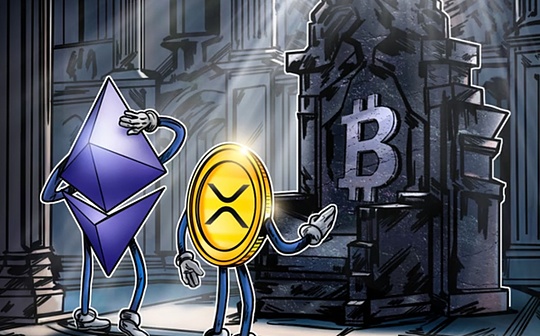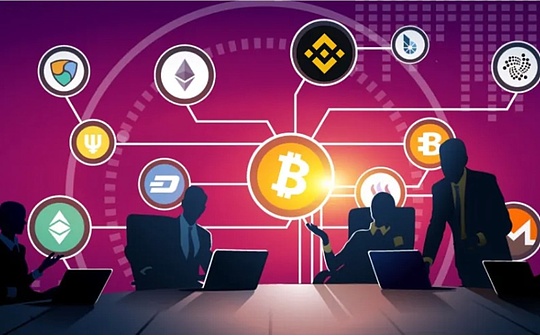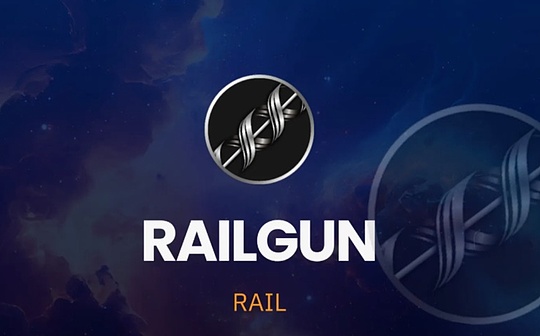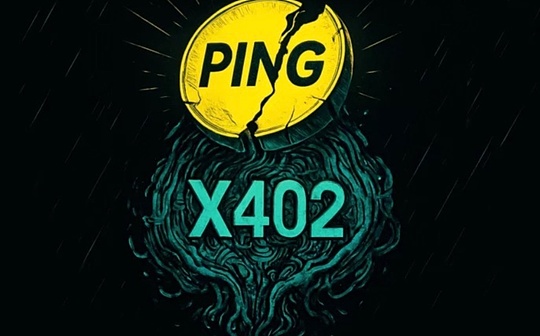
Author:Prince

The vision of Ethereum was originally a permissionless, infinitely open platform where anyone with an idea could participate.The principle is simple: a world computer, sharing a global view of the state.The value of Ethereum is that anyone can build useful applications, and every application is connected to each other.
As Ethereum evolves, its scaling roadmap brings new opportunities and challenges.New closed ecosystems begin to emerge.
Entrepreneurs pursue higher performance or seek practical ways to differentiate their products.For some developers, the easiest way to achieve their goals is to create their own blockchain ecosystem.This ecosystem expands in almost every possible direction: new blockchains are launched (horizontal growth), and to expand the underlying layers, rollups are also launched (vertical growth).Other teams choose to build their own dedicated execution and consensus layers (application-specific blockchains) to meet the needs of the project.
Each expansion is a reasonable decision taken individually.But from a larger perspective, this continued expansion is beginning to shake the belief that Ethereum will one day become the “world computer.”Today, the same assets exist on multiple platforms and in many forms.The same exchange or lending market appears on every chain.
Permissionless features remain, but coordination mechanisms begin to disappear.As states, assets, liquidity, and applications become increasingly fragmented, the once infinite garden begins to resemble an intricate maze.
The true cost of fragmentation
Fragmentation not only creates technical barriers, it also changes how developers feel when they choose to build applications.
Products delivered by each team work as expected.But as fragmentation increases, these teams have to migrate the same applications to other chains in order to retain existing users.Each new deployment may seem like progress, but for most developers, it’s like starting from scratch.Liquidity gradually drains away, and users follow it.
Ethereum continues to grow and develop, but it gradually loses the cohesion of the community.Although the ecosystem remains active and continues to grow, individual interests begin to override coordination and connection.This infinite garden was beginning to show signs of overgrowth and neglect.
No one did anything wrong.Everyone follows incentives.As time went by, only fatigue remained.The absence of permission brings abundance, yet within that abundance, the center that once held everything together begins to loosen.
The return of continuity
MegaETH represents Ethereum’s first real opportunity to expand block space supply to meet demand in a single execution environment.Today, the L2 block space market has become crowded.Most projects compete for the same set of users, but offer roughly the same amount of block space.Throughput bottlenecks still exist, and high activity on a single sequencer artificially drives up transaction costs.Although technology has made great strides, only a few scaling solutions have truly improved the user and developer experience.
MegaETH aims to change this.It is one of the closest attempts yet to realize Ethereum’s original vision of building a world computer.By providing a sub-10 millisecond latency execution environment, gigabit gas caps, and ultra-low-cost transactions, the MegaETH team is working hard to realize the vision of a world computer.Having all data processed on a single shared state (ignoring privacy issues for now) and enabling real-time execution should be the guiding light for our industry and the only way we can truly compete with Web 2.0.
As a founder building on MegaETH, what impresses me most is not the speed or millisecond latency, but that after so many years, all the applications built on Ethereum are finally able to connect and stay in sync, and it doesn’t cost much or have long wait times.When all contracts and transactions exist in the same state machine, complex coordination mechanisms become simple again.Developers no longer have to struggle with latency or spend time optimizing contracts to be more gas efficient; users no longer have to worry about which “version” of the network they are transacting on.
This is what MegaETH means by Big Sequencer Energy: Ethereum has a high-performance execution layer built specifically for real-time applications.For the first time in years, users can build applications within the Ethereum execution environment without worrying about their location.All users can once again share the same execution environment, enabling highly latency-sensitive applications such as high-frequency trading, on-chain order books, real-time lending, and fully on-chain multiplayer gaming—all of which are beyond the reach of Ethereum’s current resource constraints.
Enter: MegaMafia
In the context of MegaETH, those who experienced fragmentation began to build again.We all know what we lose when everything falls apart.Now that the systems are finally in sync, it feels like they’re moving forward rather than sideways.
Each team works on a different level: trading, credit, infrastructure, gaming and more.But their goal is the same: to make Ethereum a unified whole again.MegaETH provides such an opportunity, and MegaMafia gives it shape.
The focus now is no longer on deploying more of the same applications, but on rebuilding the infrastructure so that the pieces that are already working well can finally work together.
Avon’s role in world computing
Avon brings the same philosophy to credit markets.
Of all DeFi categories, lending has been the most affected by fragmentation.Each protocol runs a different version of the same idea.Each market has its own liquidity, rules and risks.
Anyone who has used these markets knows the feeling.You use one app to check interest rates, and then use another app to compare, but you still don’t know which one is more trustworthy.Liquidity is stagnant because it cannot move between protocols.
Avon introduces a coordination layer rather than deploying another pool of funds.Its order book connects different strategies (independent markets), allowing them to respond to each other in real time.You can think of it as a number of pools connected through a shared layer, the order book.When one party changes, the other parties can sense it.Over time, the lending market will once again function like a single interconnected market.Liquidity will flow to where the most competitive conditions are.Borrowers will receive the most competitive interest rates possible.
Coordination is not just about optimizing rates or controls.What’s more important is providing a unified perspective on lending during market fluctuations.
Towards a coherent Ethereum
Ethereum doesn’t need another chain.It needs a center where people gather and maintain Ethereum.
MegaETH provides a trading venue.MegaMafia will provide trading power.Avon will provide the coordination layer that enables funds to flow through the system.
Ethereum has struggled with fragmentation over the past few years; we believe MegaETH will drive Ethereum’s vision of a world computer and reach unprecedented scale.
As Ethereum begins to find its rhythm again, MegaETH will ensure that builders can do so at near-infinite scale.






